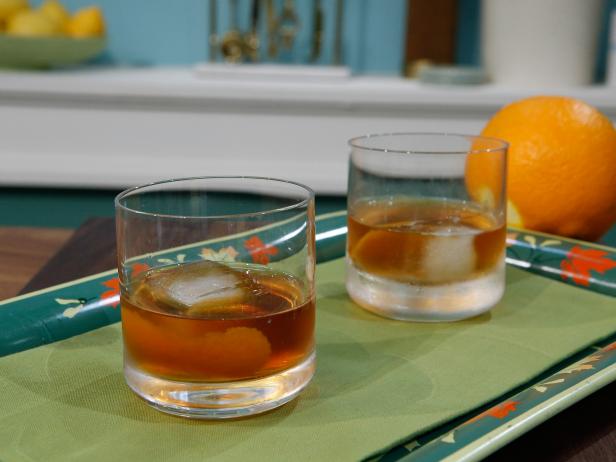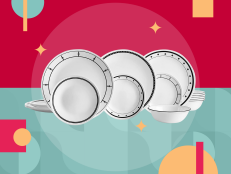That's Amaro: The Old-School Italian Liqueur Getting New Attention

Floortje, Floortje
What’s amaro? No, it’s not what you get when the moon hits your eye like a big pizza pie. That’s amore. (Thanks, Dean!)
That bitter liqueur your old-school Italian relatives used to drink after a big meal? Yes, friends, that is amaro — and NPR’s All Things Considered reports that it’s getting an “American revival.”
Author Brad Thomas Parsons, who wrote a book on the bittersweet digestif (also drunk as an aperitif), told NPR that amaro contains “bittering agents” that aid digestion. “Four out of five doctors may not agree with everything that’s working in there, but trust me,” he said.
Why just take his word for it when we can enjoy some amaro ourselves? And before tossing it back (or maybe enjoying it in this delicious-looking amaro-featuring recipe), here are a few things to know about Great-Uncle Sal’s favorite tipple:
What’s in a name? Amaro is Italian for “bitter.” Amari (that’s the plural) are, strictly speaking, made in only Italy, although other countries in Europe produce similar bitter liqueurs.
What gives it its flavor? The liqueur is made by soaking herbs, fruit, roots, barks or flowers in spirits, then combining the filtered results with sugar syrup and allowing it to age into bittersweet maturity.
Where did it come from? Amari is thought to have originated in ancient Italian monasteries and abbeys, where monks devised herbal tonics and elixirs for medicinal or spiritual purposes. The liqueur’s popularity grew in the mid-1800s, when it became commercially available.
How is it usually drunk? It was traditionally enjoyed — neat or over ice — after a large meal to settle the stomach and aid digestion. People now increasingly enjoy the liqueur in cocktails — or with orange juice and in coffee or espresso.
What should you look for? While there are lots of different options, including Averna and the aperitif Compari, Fernet-Branca is a very popular amaro. Here’s a Toronto Cocktail recipe to try.
As Great-Uncle Sal would say, “Salute!”
Photo: iStock

Jason DeCrow, 2015, Television Food Network, G.P. All Rights Reserved





























































